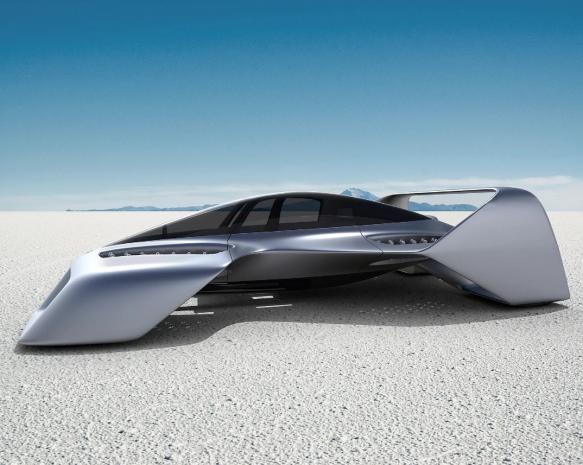
Breaking News
6.8 SPC vs. 300 Blackout: Powering Up the AR Platform
 Autism Study By McCullough Foundation Begins New Era of Free Scientific Inquiry
Autism Study By McCullough Foundation Begins New Era of Free Scientific Inquiry
 REVOLUTION DAY 8: Libertarians JOIN The Revolution
REVOLUTION DAY 8: Libertarians JOIN The Revolution
 US Government and Westinghouse $80bn Nuclear Reactor Deal
US Government and Westinghouse $80bn Nuclear Reactor Deal
Top Tech News
 Graphene Dream Becomes a Reality as Miracle Material Enters Production for Better Chips, Batteries
Graphene Dream Becomes a Reality as Miracle Material Enters Production for Better Chips, Batteries
 Virtual Fencing May Allow Thousands More Cattle to Be Ranched on Land Rather Than in Barns
Virtual Fencing May Allow Thousands More Cattle to Be Ranched on Land Rather Than in Barns
 Prominent Personalities Sign Letter Seeking Ban On 'Development Of Superintelligence'
Prominent Personalities Sign Letter Seeking Ban On 'Development Of Superintelligence'
 Why 'Mirror Life' Is Causing Some Genetic Scientists To Freak Out
Why 'Mirror Life' Is Causing Some Genetic Scientists To Freak Out
 Retina e-paper promises screens 'visually indistinguishable from reality'
Retina e-paper promises screens 'visually indistinguishable from reality'
 Scientists baffled as interstellar visitor appears to reverse thrust before vanishing behind the sun
Scientists baffled as interstellar visitor appears to reverse thrust before vanishing behind the sun
 Future of Satellite of Direct to Cellphone
Future of Satellite of Direct to Cellphone
 Amazon goes nuclear with new modular reactor plant
Amazon goes nuclear with new modular reactor plant
 China Is Making 800-Mile EV Batteries. Here's Why America Can't Have Them
China Is Making 800-Mile EV Batteries. Here's Why America Can't Have Them
Urban eVTOL announces Leo, a 250-mph hypercar for the skies

Pete Bitar has been working on vertical propulsion systems for decades now. He's got a DARPA contract to develop his electric jetpack designs, his Verticycle is a competitor in the GoFly personal flight challenge, and he's just won one of nine NASA "Future-Scaping Our Skies" awards for his work on ground infrastructure and air traffic control for the coming eVTOL age.
Now he's partnered up with automotive designer Carlos Salaff to start an eVTOL company. Salaff was behind the outrageous Mazda Furai concept, and has in more recent years been showing his own outrageous coach-built creations at events such as Pebble Beach.
The new company, Urban eVTOL, has released renders of its first aircraft, and it sure is a looker. The Leo Coupe is a three-seat lift-and-cruise design running 16 of Bitar's electric ducted fans for vertical lift, and several more at the rear for horizontal thrust.
Ignore the renders in this regard, Bitar tells us over a Zoom call from Indiana: "The images we've got there are our best-looking artwork, but they don't reflect the current thrust configuration. The Leo will run 16 10-kW vertical thrusters, each about 16 inches (40 cm) in diameter, making 120 pounds of thrust, much larger than the ones you see there. There'll be three in each of the forward banks and five in the rear banks, and the forward thruster array will use six 11-inch jets with turbine blades rather than propeller blades."
The exterior uses a double box-wing design, curling under at the front and over at the back, which Bitar says will be capable of fully supporting the Leo in horizontal flight once it's traveling at around 100 knots (115 mph, 185 km/h). Louvres or covers will likely close off the vertical lift ducts at speed, to reduce drag. The small wings might necessitate higher airspeeds for efficient flight, but they contribute to a big advantage on the ground: this thing not only looks like a flying hypercar, it's small enough to fit in a single car space.

 China Innovates: Transforming Sand into Paper
China Innovates: Transforming Sand into Paper

